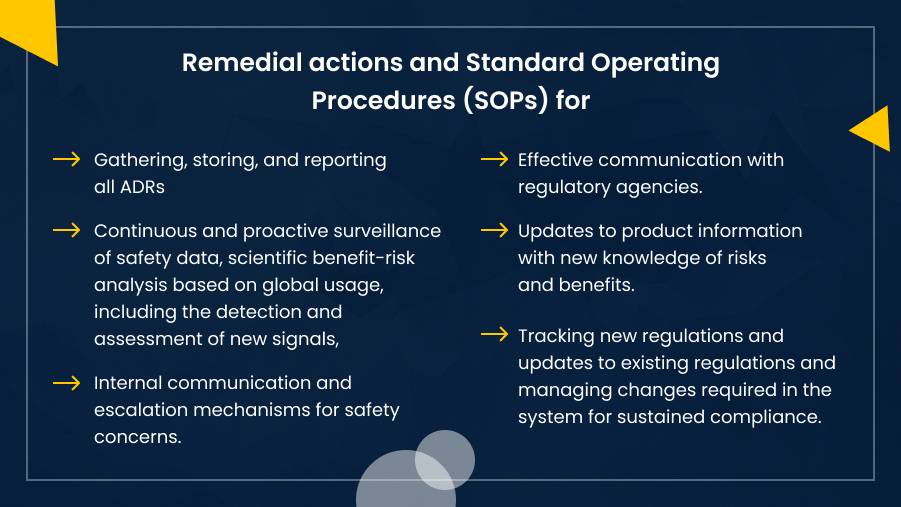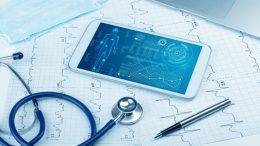An autonomous clinical trial: what is it?
- The terms virtual, home, remote, and siteless are some of the terms used to characterize the idea of autonomous trials. Whatever name the organization decides to use, the objective remains the same: easing patient participation in clinical trials by minimizing or doing away with the need for travel to designated locations.
- Autonomous does not entail carrying out clinical trials without the presence of medical experts. The need for direct patient interaction is eliminated, and the process is also made more efficient. Instead, it focuses on areas where sponsors and CROs can adopt a hybrid approach to clinical research by utilizing technology and other cutting-edge solutions.
- Individuals are aware that cutting down on the time and expense needed to enroll in clinical trials helps reduce participant burden while increasing efficiency and retention rates. The decentralized system could be viewed as the pinnacle of a patient-centered clinical trial design strategy.
- It is noteworthy that there is a spectrum of autonomous trials. Even if implementing a completely autonomous model in which patients never have to visit a clinical site isn’t feasible, adding some virtual or at-home components.
- There will be more home-based trials as technology develops and more clinical trials successfully incorporate autonomous components; participant expectations will rise in parallel.
The principal advantages of autonomous clinical studies
The main objective of autonomous clinical trials is to facilitate clinical trial participation as much as possible so that participants can carry on with their daily lives with as few gaps as possible.
STUDIES AND PROSPECTS OF AUTONOMOUS CLINICAL TRIALS
Many prospective trial participants will be maintaining full-time positions, managing health conditions, and raising families. In such a situation, it may not only be difficult but also impossible to require patients to attend site visits, which entail hours of travel and accumulated costs.
Clinical trial development could significantly improve through fully autonomous trials in various ways, such as:
- Simplifying the process of finding potential volunteers will expedite the patient recruitment process. If participation was simpler, more patients would be able and willing to participate, which would ease the pressure on sponsors and CROs to find participants.
- Improving participant diversity by allowing patients to be recruited from a larger pool as opposed to just those who live close to a participating site. This is particularly advantageous for research on rare diseases, as clinical trials frequently involve the same small number of participants.
- Because technology allows for greater autonomy, patients become more informed, knowledgeable, and involved. Numerous studies indicate that patients who are actively involved in their care perform tasks like keeping electronic diaries more accurately and truthfully. Additionally, electronic records can be automated and validated when needed.
- Collecting more varied and useful data sets through real-time remote patient monitoring.
- Additionally, gathering data in an authentic environment is likely to yield insights devoid of the prejudice that arises from completing evaluations in a medical setting.
- Better data reliability and accuracy: Gathering data with wearables, apps, and smartphones keeps data organized and secure.
- Standardized data collection and sharing are made possible by technological advancements, making results analysis, and reporting easier.
As far as the autonomous trial is concerned, three fundamental principles must be followed:
Technology that is simple to use and intuitive to learn should be used for accessibility. When patients can access technology on devices, they already own and are familiar with, and when it fits seamlessly into their daily routines, clinical trials benefit greatly from its use.
Keep things as easy as possible for patients. Should the tasks assigned to them be excessively intricate, this can lead to tension and compromise the accuracy of outcomes due to increased opportunities for mistakes.
Ensure that your processes and tools have undergone extensive testing and that you are aware of any potential hazards that need to be mitigated. This is all part of maintaining reliability. Use patient input to make continuous improvements as the trial goes on.
Imagine a setting where groundbreaking medical research has the potential to transform healthcare delivery and improve people’s health. Soller’s clinical research management certificate and clinical trial management courses, along with clinical trial management training, serve the dual purpose of clinical research to learn and to heal.
The need for qualified clinical researchers is growing in the US. As medicine advances, there will be a greater need for qualified professionals who can comprehend complex clinical data.







